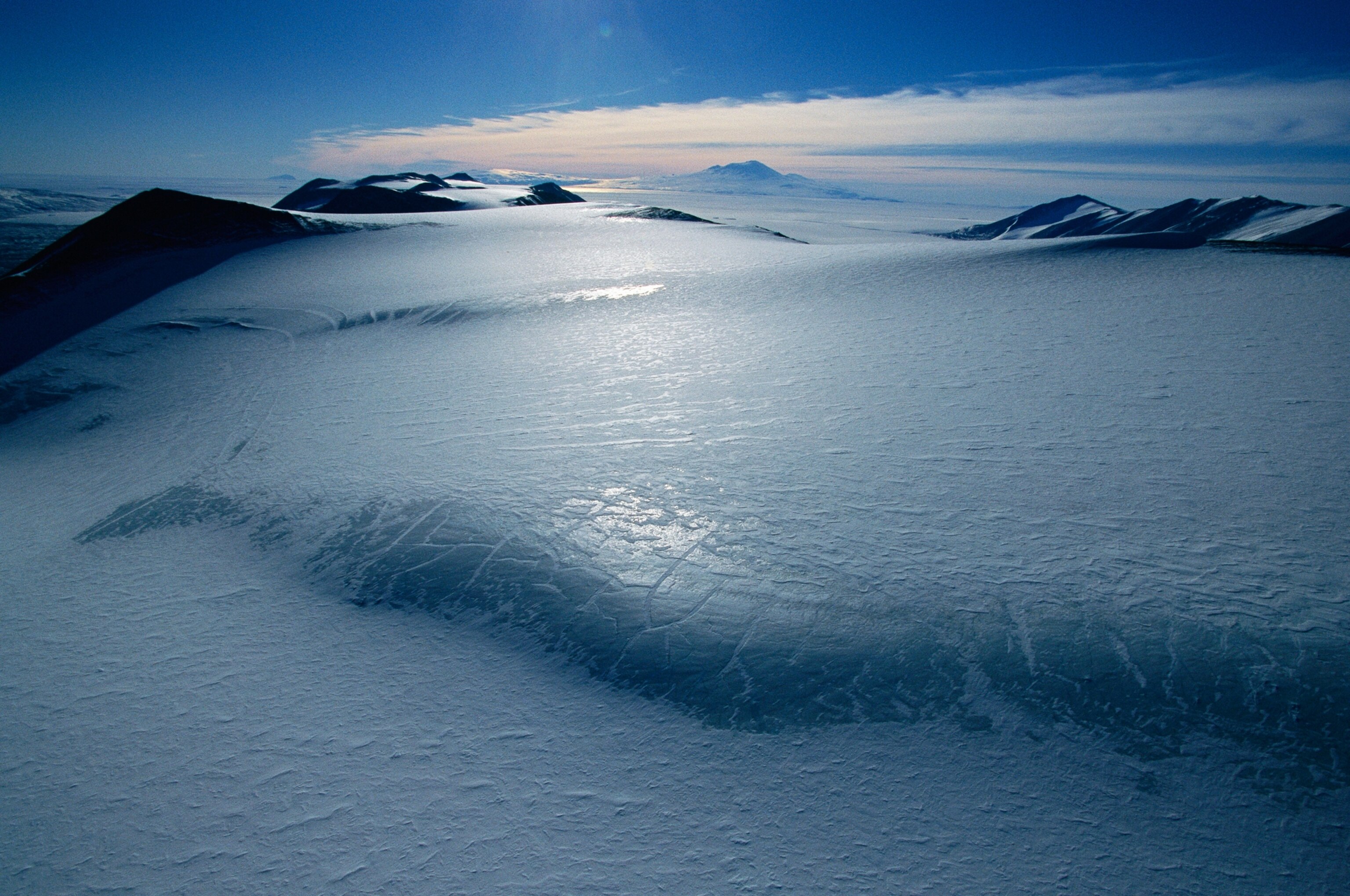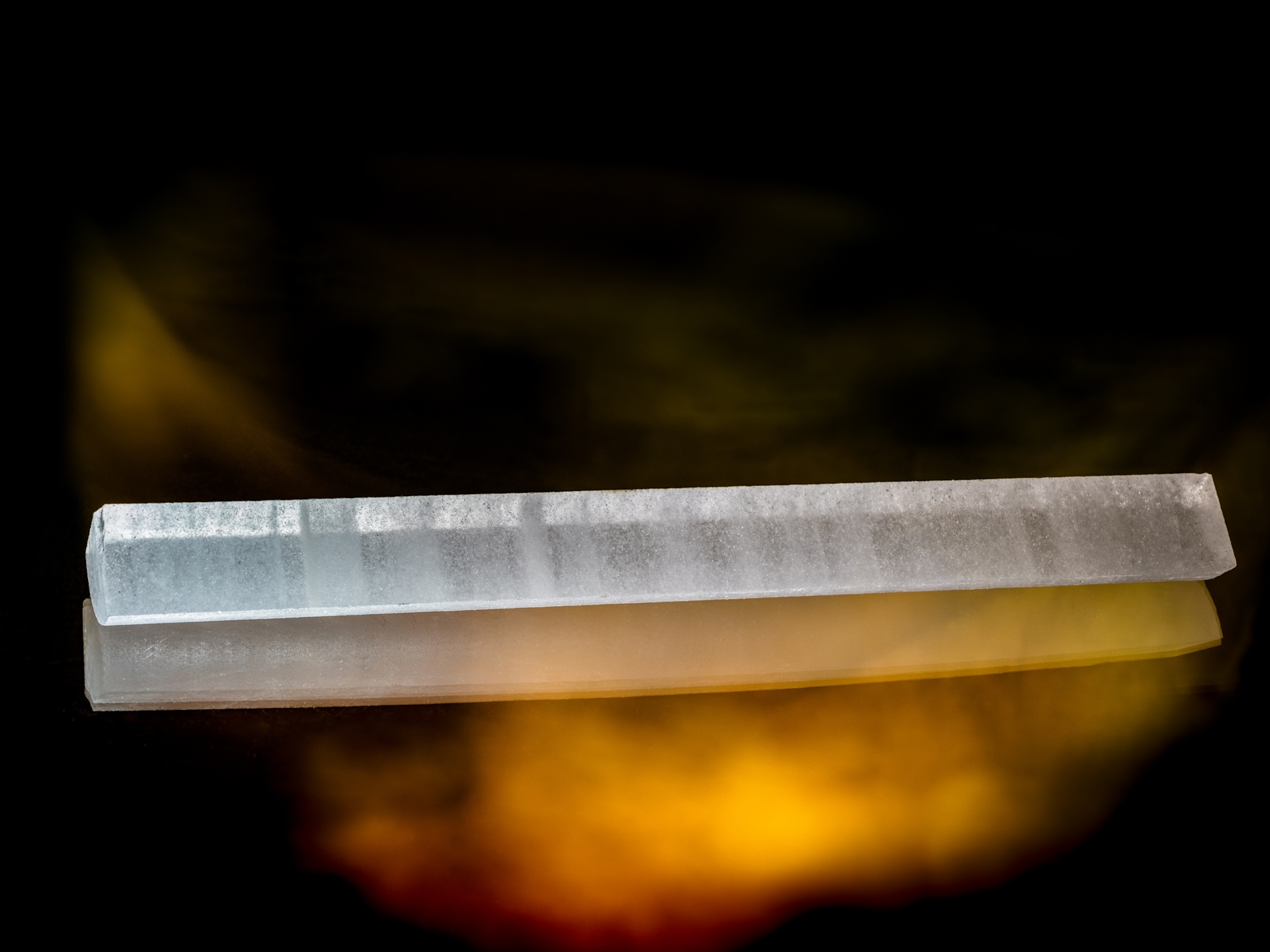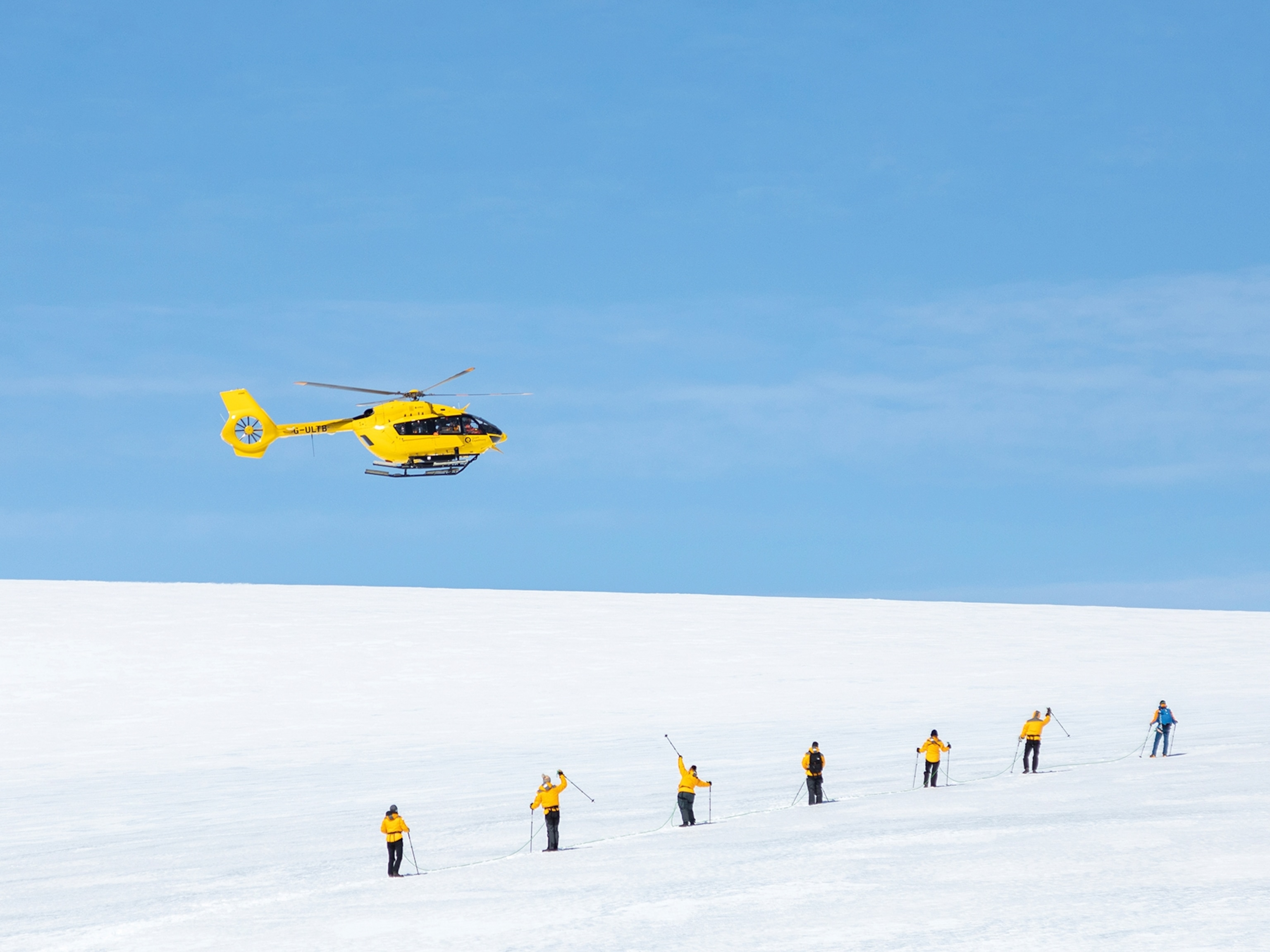
Ancient Global Warming Raised Sea Levels Nearly 70 Feet
Ice sheets in South Pole caused widespread melting.
About five million years ago, sea levels rose by up to 70 feet (20 meters) as ice sheets in the South Pole began melting during past instances of global warming.
Scientists have now concluded that about half of that sea-level rise was due to the thawing of a single, enormous ice sheet in East Antarctica that was once considered stable.
"We estimate from our study that the East Antarctic ice sheet contributed about 10 meters [33 feet] of sea-level rise," said Carys Cook, a geochemist at Imperial College London in the U.K. and the first author of a new study that details the finding.
Studying the causes of the ancient sea-level rise could help scientists understand and prepare for sea-level rises caused by current global warming. (Also see "Why Ancient Earth Was So Warm.")
"Our study demonstrates that if carbon dioxide levels and global temperatures continue to rise, the East Antarctic ice sheet may become increasingly vulnerable to large changes," Cook said.
The research is published in this week's issue of the journal Nature Geoscience.
What's new?
Scientists had previously known that the ice sheet of West Antarctica had melted and that Greenland's ice sheet did not yet exist between five to three million years ago, during a geological period called the Pliocene epoch.
But the melting of such a significant part of the East Antarctic ice sheet is a surprise.
Roughly the size of Australia, the East Antarctic ice sheet is the largest ice mass on Earth. Its size has fluctuated since its formation 34 million years ago, but scientists had previously thought it had stabilized around 14 million years ago.
But recently, Cook and her team analyzed mud samples gathered by drilling nearly 2.5 miles (4 kilometers) beneath the seafloor off the coast of Antarctica.
"The good thing about drilling offshore into sediments is you can look at climate several million years back in time," said study co-author Trevor Williams, a geophysicist at Columbia University's Lamont-Doherty Earth Observatory.
The mud that the scientists extracted carried a unique chemical fingerprint that allowed the scientists to trace where it came from on the continent.
"We know the geochemical fingerprint of the sediments in the present day, and we can trace the source of those sediments to areas of the coastline where the ice currently is," Williams explained.
But when the team analyzed mud from the Pliocene epoch, they found that it didn't match sediments from the current coast of the ice sheet. Instead, it corresponded to rocks currently hidden under the ice sheet.
The only way that mud could have been deposited as sediment in the sea, Cook and her team say, would be if the ice sheet had retreated inland and eroded those rocks.
Why is it important?
Understanding glacial melt during the Pliocene could give scientists insight into how sea levels could rise as a result of current global warming.
The Pliocene climate had the same carbon dioxide levels as today, and global temperatures were 2 to 3°C warmer than today, Cook said.
"Overall it was a warmer climate than today, but similar to what we expect to reach by the end of this century."
What does this mean?
Cook and her team speculate that the melting of the East Antarctic ice sheet was caused in part by the fact that some of it rests in basins below sea level.
This puts the ice in direct contact with seawater, so when the ocean warmed during the Pliocene, the ice sheet became vulnerable to melting.
"Scientists previously considered the East Antarctic ice sheet to be more stable than the much smaller ice sheets in West Antarctica and Greenland," Cook said in a statement.
"Our work now shows that the East Antarctic ice sheet has been much more sensitive to climate change in the past than previously realised."
What's next?
Next, the team plans to tackle the questions of how fast ice sheets melted during the Pliocene and how long it took the sea level to rise nearly 70 feet (20 meters).
"We currently can't answer this question very well. Our data were collected at too low resolution, and we will focus on this issue with future studies," Cook said.
"At the moment we can only say that sea-level fluctuations happened with timescales of thousands of years, but they may well have been more abrupt."
Follow Ker Than on Twitter.




